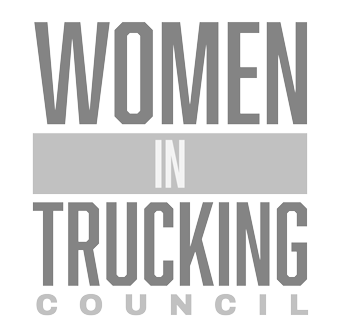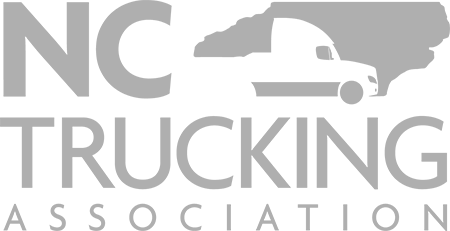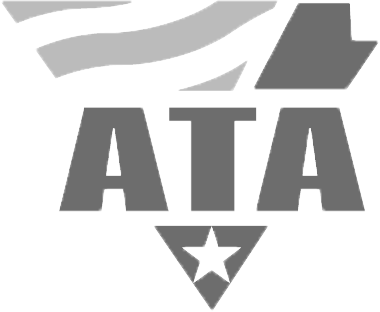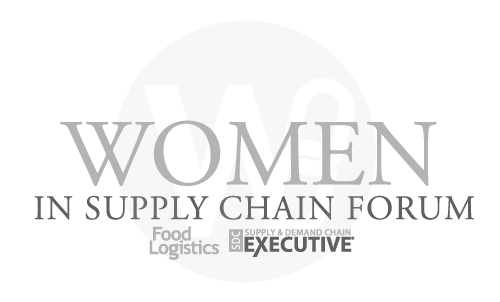The landscape of North American trade is in constant flux, presenting both immense opportunities and complex challenges for businesses engaged in cross-border commerce. As companies increasingly look to Mexico as a key manufacturing and distribution hub, the imperative to manage and mitigate risks has become paramount. This article delves into effective strategies for de-risking Mexico cross-border logistics, ensuring your supply chain remains robust and efficient amidst evolving trade dynamics.
The Evolving Landscape of North American Cross-Border Trade
North American cross-border trade, particularly between the U.S. and Mexico, continues to grow, driven by factors such as nearshoring and integrated supply chains. The U.S.-Mexico-Canada Agreement (USMCA) has fostered an unprecedented flow of goods, with vital arteries like the Laredo gateway handling substantial volumes of daily freight. This economic synergy, however, comes with its own set of complexities, including fluctuating tariffs, dynamic regulatory environments, and increased border congestion. Understanding these multifaceted dynamics is the first step in formulating effective risk mitigation strategies to support your operations.
Understanding the Volatility in Tariff Policies and Trade Agreements
The geopolitical landscape significantly influences cross-border logistics, especially concerning tariff policies and trade agreements. While the USMCA aims to facilitate tariff-free trade for qualifying goods, the possibility of new tariffs or renegotiations can introduce considerable uncertainty. For instance, recent discussions around potential tariffs on imports from Mexico and Canada, even if ultimately softened, highlight the need for vigilance. Such shifts can impact the cost of goods, reduce demand, and put pressure on carriers and shippers specializing in cross-border transport. To truly master trade compliance and begin the process of de-risking US-Mexico cross-border logistics, businesses must be prepared for potential changes and understand their implications for customs duties and operational costs.
Key areas of concern include:
- USMCA Compliance: Businesses must possess a deep understanding of USMCA regulations, including rules of origin, labor provisions, and intellectual property protections.
- Harmonized Tariff Schedule (HTS) Classification: Accurate classification of goods is critical, especially with the introduction of new provisional HTS numbers that can add layers of complexity.
- Duty Payments and Cash Flow: Financial planning must account for potential duty payments, with strategies for deferrals or other payment mechanisms.
The unpredictable nature of trade policy underscores why proactive measures and expert guidance are essential for navigating these turbulent waters.
Essential Strategies for De-risking Mexico Cross-Border Logistics
Successfully navigating the intricacies of Mexico cross-border logistics requires a strategic, multi-pronged approach. Beyond understanding tariffs, companies must address operational challenges and security concerns. Freight security, for example, remains a significant consideration given the long transit routes and varied terrains. Cargo theft can lead to substantial losses, making robust protective measures indispensable. Furthermore, border delays due to high volumes, customs inspections, or infrastructure limitations can cascade into significant supply chain disruptions. To effectively manage these risks, consider the following:
- Strategic Gateway Utilization: Partner with logistics providers who have specialized knowledge and established operations at high-volume gateways like Laredo. Their expertise in managing flows and connections can reduce unexpected hold-ups and facilitate smoother transitions across the border.
- Advanced Visibility and Communication: Implement solutions that provide real-time visibility into shipment status. This proactive approach, coupled with transparent communication from your logistics partner, allows for rapid adjustments to plans and effective management of expectations. Modern telematics stacks and open-API GPS links can offer 100% visibility, integrating seamlessly with your existing ERP systems.
- Robust Security Measures: Beyond standard procedures, consider additional layers of security for high-value cargo. This can include enhanced tracking, secure parking, and coordinated efforts with trusted cross-border partners. For deeper insight into mitigating specific risks like cargo theft, refer to resources on cross-border Mexico shipping risks.
- Customs Bond Management: Ensure your customs bond limits are sufficient to cover increased transaction fees, especially if new tariffs are introduced. Insufficient bonds can severely limit your ability to clear freight.
Leveraging Infrastructure Investments and Nearshoring Opportunities
Despite ongoing uncertainties, the growth of North American trade demands continuous modernization of logistics infrastructure. Significant investments are underway to enhance cross-border capabilities. For instance, the expansion of facilities like the Anzalduas International Bridge at McAllen, Texas, is set to dramatically improve commercial truck crossings, streamlining traffic flow. Similarly, Mexico’s efforts to transform ports like Manzanillo into major global container shipping hubs indicate a long-term commitment to enhancing trade capacity. These infrastructure improvements directly contribute to de-risking Mexico cross-border logistics by reducing congestion and improving efficiency.
The trend of nearshoring further cements Mexico’s role as a critical component of North American supply chains. Companies like John Deere are investing in new manufacturing plants in Mexico, recognizing the strategic advantages of proximity to the U.S. market. This trend creates a dynamic environment where flexible and responsive logistics solutions are paramount. Leveraging partners with strong cross-border expertise, like those found in the Laredo gateway, is essential for capitalizing on these opportunities and optimizing supply chain performance.
Key Steps to Strengthen Your Cross-Border Supply Chain Resilience
Building a resilient cross-border supply chain, particularly for Mexico operations, involves a proactive and adaptable approach. Businesses must look beyond simple transportation and embrace comprehensive supply chain solutions. Here are critical steps to take:
- Strategic Partnerships: Collaborate with logistics providers who offer a blend of asset-based and brokerage capacity. This hybrid model provides flexibility, cushioning against market volatility and ensuring consistent capacity even during peak seasons. An asset-based carrier offers dedicated resources and control, while a strong brokerage network provides access to additional capacity and specialized services. This consultative approach helps to move, manage, and optimize your freight.
- Expert Guidance on Compliance: Engage with professionals specializing in international trade law and customs regulations. Their expertise can help navigate the often-Byzantine world of customs, ensuring compliance and preventing costly delays or penalties. Remember, you are responsible for all sourcing records of imported goods. For a broader understanding of complexities in Mexico-U.S. logistics, consider resources like Navigating Five Complexities of Mexico-U.S. Cross-Border Logistics.
- Explore Foreign Trade Zones (FTZs): Investigate the benefits of operating within foreign trade zones. These facilities can eliminate U.S. duties on foreign-made goods, offering a significant advantage for businesses dealing with international imports.
- Prioritize Nearshoring Readiness: While nearshoring offers long-term benefits, it requires careful planning and cannot be set up overnight. Conduct thorough feasibility studies and partner with experts who can guide you through the transition.
- Continuous Review and Adaptation: The cross-border logistics environment is dynamic. Regular internal or external audits of your compliance processes and operational strategies are crucial to identify weaknesses and adapt to ongoing changes in tariff policies, infrastructure, and market demands.
By implementing these strategies, businesses can significantly enhance their ability to successfully manage and even thrive within the complexities of Mexico cross-border logistics, ensuring sustained competitive advantage.
Have questions? Contact us here.














